(CLO) The 47-year-old Voyager 1 spacecraft has reconnected with NASA after a technical issue caused a loss of communication.
Currently, Voyager 1 is using a radio transmitter that hasn't been used since 1981 to send signals back to Earth. Launched in 1977, to extend the spacecraft's lifespan and continue receiving data from it, scientists had to disconnect some components on board to minimize power consumption.
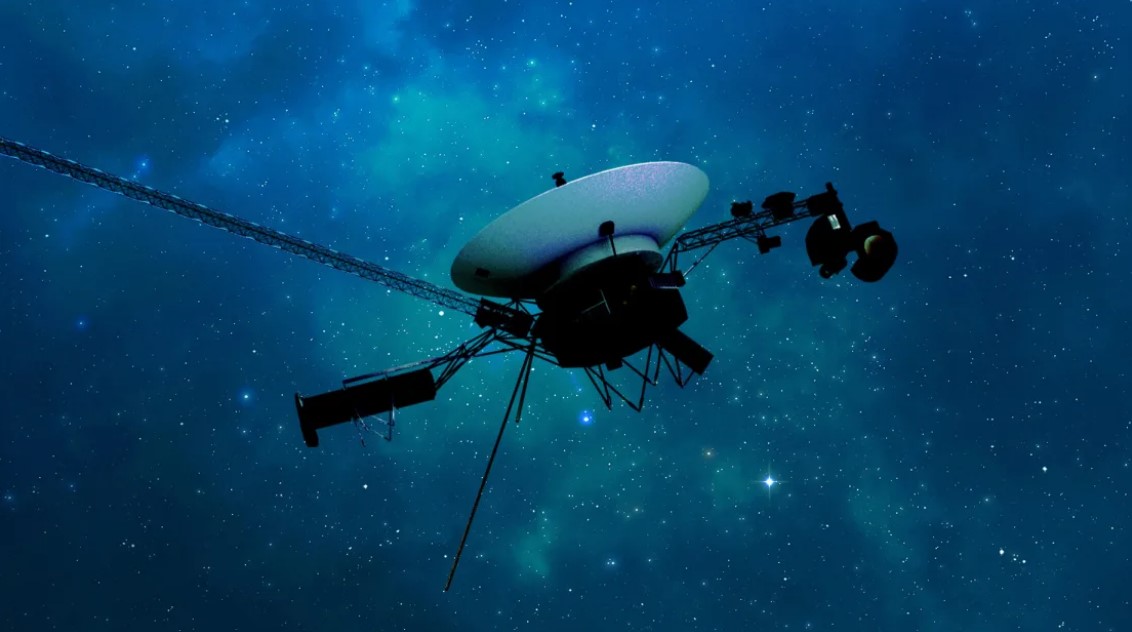
Voyager 1 spacecraft. Photo: NASA
Voyager 1 is currently the most distant man-made object from Earth, operating outside the heliosphere – the region where magnetic fields and particles from the Sun extend beyond Pluto's orbit – where its instruments collect samples directly from interstellar space.
Occasionally, engineers have to send commands to Voyager 1 to activate the heating system, which warms up parts damaged by prolonged exposure to cosmic radiation. Bruce Waggoner, Voyager mission assurance manager, said the heat provided can help repair these parts, improving the spacecraft's performance.
The messages were sent to Voyager from NASA's control center in California. NASA used a massive radio antenna system on Earth to communicate with Voyager 1 and Voyager 2, as well as other spacecraft exploring our Solar System.
Voyager 1 will then send data back to Earth for confirmation. The one-way transmission time of the signal is approximately 23 hours.
When scientists sent a command to turn on the spacecraft's heater on October 16, the spacecraft automatically shut down several other devices. The research team discovered the problem when they did not receive a response signal through the Deep Space Network on October 18.
Voyager 1 used one of its two radio transmitters, known as the X-band, for decades. Meanwhile, the other transmitter, known as the S-band, had not been used since 1981 because its signal was much weaker than that of the X-band.
By October 19th, communication with Voyager 1 appeared to have been completely cut off. The research team believes that the fault protection system was activated two more times, possibly shutting down the X-band transmitter and switching the spacecraft to the less power-intensive S-band transmitter.
Although the research team didn't think they would receive a weak signal from the S-band transmitter due to the Voyager 1 spacecraft's great distance, the engineers eventually managed to pick it up.
If the research team could have repaired the X-band transmitter, the spacecraft could have sent data back to Earth to explain the cause of the malfunction, according to Waggoner.
Ha Trang (according to CNN)
Source: https://www.congluan.vn/tau-vu-tru-voyager-1-cach-xa-trai-dat-15-ty-dam-bat-ngo-thuc-day-post319726.html











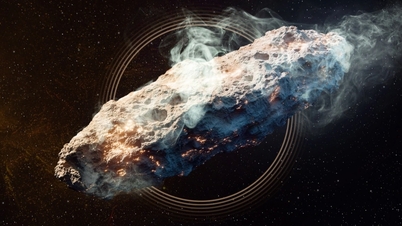
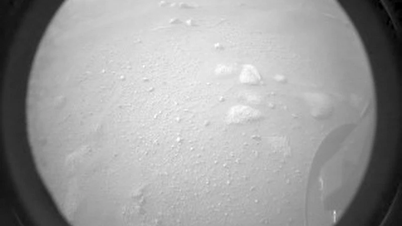

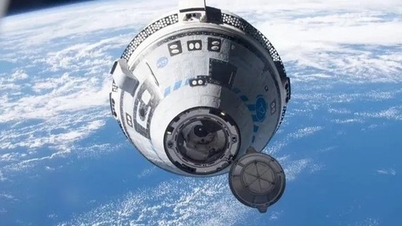
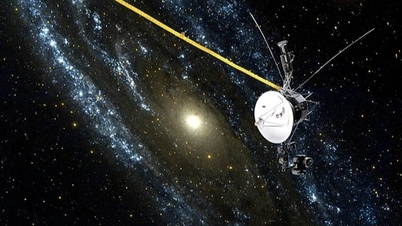






























































































Comment (0)